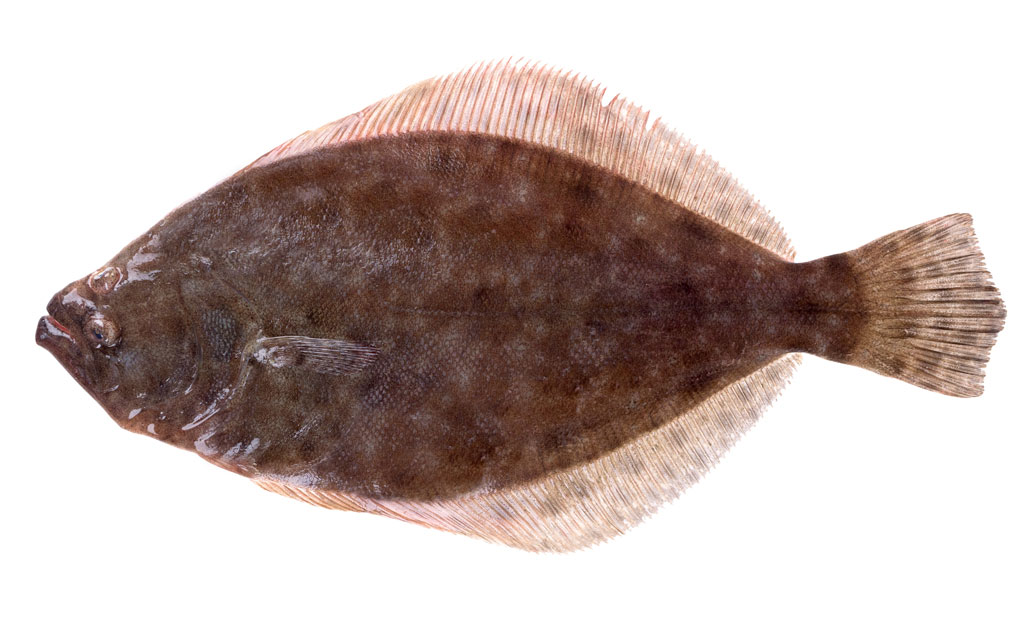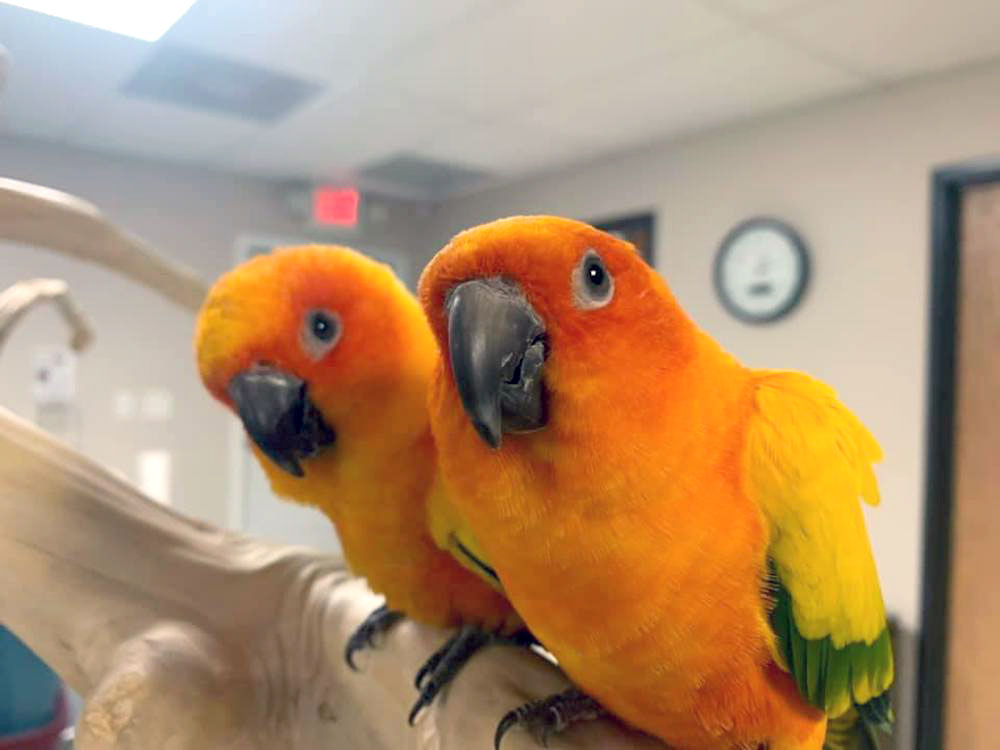Coastal Bend turtles are in trouble. An internationally recognized and awarded program credited with helping to keep Kemp’s ridley sea turtles from going extinct has been restricted by a recent National Park Service review. The chief of the Division of Sea Turtle Science and Recovery at Padre Island National Seashore, Dr. Donna Shaver, can no longer speak to the media about the program, rescue stranded turtles or turtle eggs outside of the boundaries of Padre Island National Seashore, or apply for federal funds for the program, which pulls in about $300,000 in grant money per year. The review also claims the Padre Island National Seashore gift shop is too focused on selling sea turtle souvenirs.
A finalist for the Service to America Medals People’s Choice Award, Shaver responded by filing a complaint with the Public Employees for Environmental Responsibility, a service organization that protects employees who work in environmental programs and park service. The National Park Service has until Sept. 26 to respond.
The review of the 40-year-old program by an appointed board did not include a single Texan. In fact, most of the reviewers were from Florida, which also has a vibrant turtle rescue program with a different philosophy that competes for the same federal dollars as Padre Island National Seashore, said PEER Executive Director Jeff Ruch.
“Some of the review recommendations suggest Padre Island programs should be like Florida, where they leave the turtle eggs on the beach,” Ruch said. “That’s not a good idea if you allow cars to drive on the beach. It’s a basic philosophical difference.”
With the Padre Island program hampered by the review, the next round of federal grant money most likely will go to Florida, according to Ruch. The new restrictions also limit Shaver from applying for additional grant money in the future.
The report, which was issued June 12, called for prioritizing work and hiring more seasonal staff while trimming overtime.
“A reorganization of the staffing structure is proposed to reduce supervisory span of control issues and provide for more direct interaction of permanent staff with the division chief,” the report said. "Additional operational recommendations include focusing staff work and activities (e.g. nest management and egg collection, turtle stranding, recovery, and salvage) to within (Padre Island National Seashore) boundaries.”
The report also calls for limiting work hours to eight- or 10-hour days. Although it does not cut the in-house budget for the program, it limits applications for federal grant money. It also suggests focusing on a core population of Kemp’s ridley sea turtles in Mexico rather than on the Texas Gulf Coast.
“We think the review doesn’t make any sense and would cripple what has universally been considered a model program,” Ruch said. “A particular review of a particular program like this we have not seen in 30 years. It’s set up in a way to produce a series of restrictions they couldn’t get if they were going through the front door.”
Ruch called the document inaccurate, contrary to policy, and a “mid-level bureaucratic ambush.”
“I don’t think it’s a decision from on high,” he said, adding that Shaver was not consulted for any part of the review.
“She got the review when it was done,” he said. “Since she retained us, we are conveying her objections to it.”
PEER is not the only organization questioning the review. The review panel itself admits the need for additional consultation to make sure it does not violate the Endangered Species Act. Although some of the restrictions are already being implemented, others have not because they could possibly trigger lawsuits, Ruch said, calling the review “conservation malpractice.”
“In this instance, the conservation mandate at issue is the protection and preservation of Kemp’s ridley, green sea, and loggerhead turtles,” Ruch said. “The review recommendation is that the park shouldn’t respond to stranding and entanglements of turtles outside of park boundaries. Also, to reduce beach patrols when there may be turtles that are laying eggs on the beach and could be run over. The Sea Turtle and Recovery Program was designed to address those issues. To not do those things, that’s conservation malpractice.”
The sea turtle program at Padre Island National Seashore has proven a substantial tourist attraction, especially during the summer when public hatchling releases draw crowds of more than 17,000 people to watch baby sea turtles trek across the sand to the Gulf of Mexico. People from as far away as Europe have come to see the turtle releases, which aren’t public this year because of COVID-19 restrictions.
“This review does not represent the park service’s best interest,” Ruch said. “The nature of the complaint filed will cause the park service to take another look at it and see if they want to adopt it or step away from it. This is a model program that is bringing people through the doors and attracting national and international attention. Why this model program is being attacked internally is a mystery.”
To sign a petition supporting the sea turtle program and Dr. Donna Shaver, visit this page on the Peers website.
Menu
- Vacation News
- Events
- Guides
- 101 Best of
- 101 Fun Things To Do
- Attractions and Activities
- Automotive Guide
- Beach Activities
- Beaches
- Best In Corpus Christi
- Business Spotlight
- Corpus Christi Living
- Dining Guide
- Eat and Drink
- Fiesta de la Flor
- Final Arrangements Guide
- Financial Guide
- Healthy Living Guide
- Home Improvement
- Insurance Guide
- Lawn & Garden Guide
- Legal Guide
- Medical Guide
- Museums & Culture
- Newstand
- Parks
- Party Planning Guide
- Personal Services
- Pilar
- Real Estate Guide
- RV Living
- Senior Living Guide
- Shopping
- Stay
- Tattoo Guide
- Texas SandFest
- Volunteer Guide
- Wedding Guide
- Worship Guide





